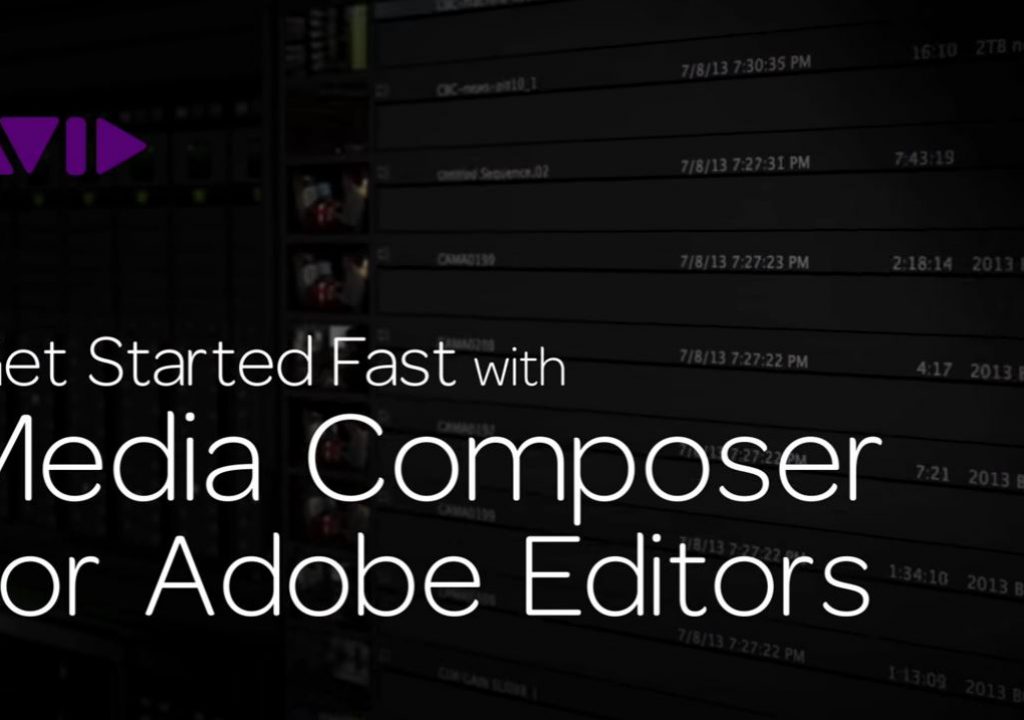This tutorial series is designed for Premiere Editors to get a quick look at the important, fundamental differences in Avid Media Composer, so they can get up to speed editing quickly! Many of the e-mails I receive from new editors, and editors who are either making a switch from FCPX or Premiere, or an editor is still cuts on PP or FCPX daily, but are a “Jack/Jill Of All Trades”, and have picked up a Media Composer project to edit, is focused on Acquisition, Media Management or Exporting. In the third lesson, in our look at Media Composer for Premiere editors, we’re talking about Media Management, and I’m not just talking about inside the application. The one thing that can both scare an editor, as well as make editors who don’t understand, mock it, Media Composer’s media management is one of its strongest assets. I can’t count how many times I’ve had an editor send me an e-mail, whether working on Media Composer, Premiere or even the old faithful Final Cut Pro 7, and tell me they are having problems getting real-time playback out of a clip, and when I ask them which codec they are using, they say “Animation (or None), cause it’s the best quality!”, to which I answer “Well, what is all the footage you captured off your camera?”, and they respond “DVCProHD 720p”, and I just sit there shaking my head as, once again, editors think that an NLE should give them real-time playback of a codec like that. Well, it can’t, but that’s where Media Composer really shines. With the ability to not only link to your footage and start editing right away, you also have the ability to transcode into “Avid Friendly” media, which is stored on (ideally) external storage that, depending on the codec you’re using, you can simply disconnect from your computer, drop into a bag, and take it with you on the road. Just make sure you take your projects with you. In this lesson, not only do we discuss project hierarchy, and exactly what happens to your projects when you create them, but we also get in and talk about what exactly happens to your media when you transcode it (or convert it into Avid media by means of importing, transcoding or capturing), and then we hope back into Media Composer to discuss the Media Tool, what it does, and how you’re going to use it to not only manage the media in your project, but use it to archive your projects as well. When this lesson is done, you should have a pretty good grasp on the media in your project and how to, well, manage it! Enjoy!

Filmtools
Filmmakers go-to destination for pre-production, production & post production equipment!
Shop Now













